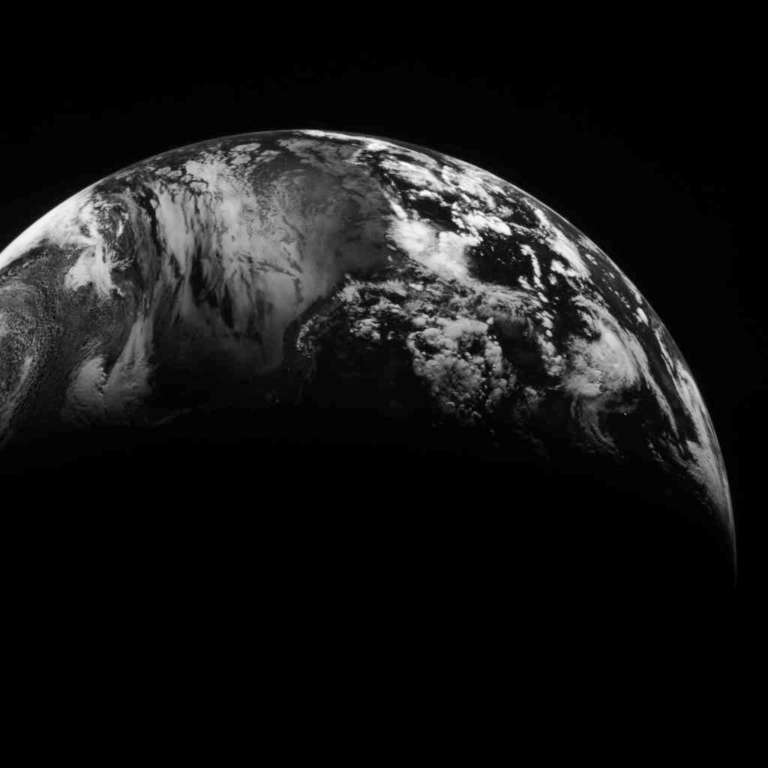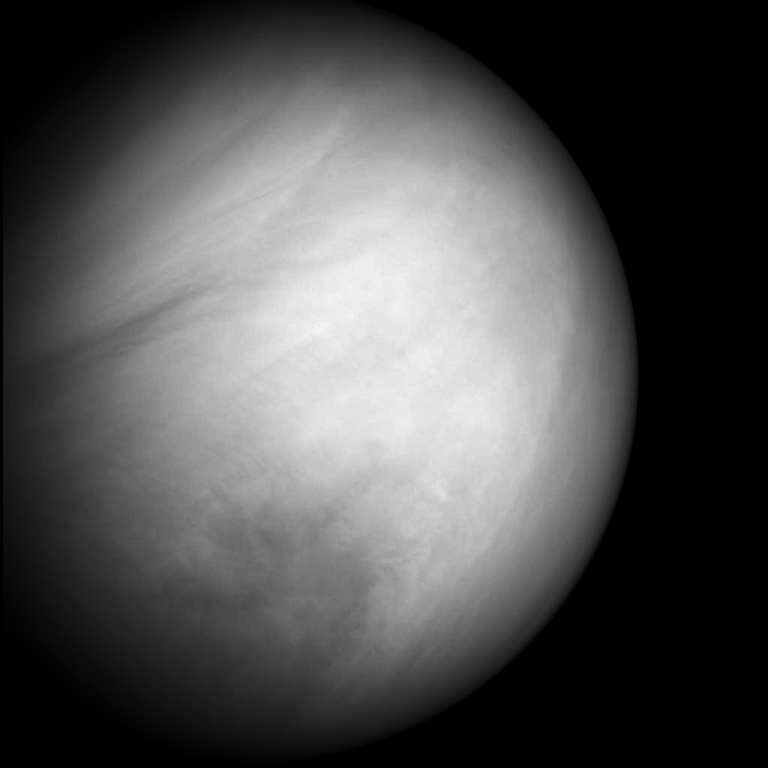Bill Dunford • Mar 18, 2013
Messages of Wonder
Two years ago today, after an odyssey of nearly seven years and eight billion kilometers, the MESSENGER spacecraft slipped into orbit around the planet Mercury. In order to contain costs in the face of the need for intense speed, the journey was not a direct flight. Instead it included 15 trips around the sun, along with several gravity-boost flybys of Earth, Venus, and Mercury itself before the spacecraft finally reached its long-term orbit around the first planet.
Once there, the robotic explorer survived extreme temperatures and blasts of solar radiation in order to reveal the entire surface of a world that--until now--had never been fully mapped.
Mercury may not look like much at first glance. It's small, airless, and its landscapes look a lot like the cratered surface of the Earth's moon that we know so well. But the MESSENGER mission has been an expedition into some pretty strange territory. The spacecraft's instruments have uncovered diverse geology and chemistry on the ground, including unexpected, blue-ish 'hollows' that may be places where volatile substances sublimate right out of the ground under the intense bombardment from the sun.
Most famously, the mission put to rest years of speculation when it confirmed that this hell-hot world hides large deposits of water ice near the poles, where the sun never shines.
The MESSENGER adventure may come to an end soon, as the project's budget runs out this week. If an extension can be secured, Mercury explorers will be able to study the surface at very close range while the spacecraft spirals slowly down to its inevitable 'lithobraking' (impact). There might also be a chance to observe the approaching comet ISON--which could be quite a spectacular and revelatory show from the unique vantage point of the closest planet to the sun.
Meanwhile, here are some of the amazing sights the probe has captured during the past few years, including some that you might not have seen before, culled from the data MESSENGER sent back home.








 Explore Worlds
Explore Worlds Find Life
Find Life Defend Earth
Defend Earth

